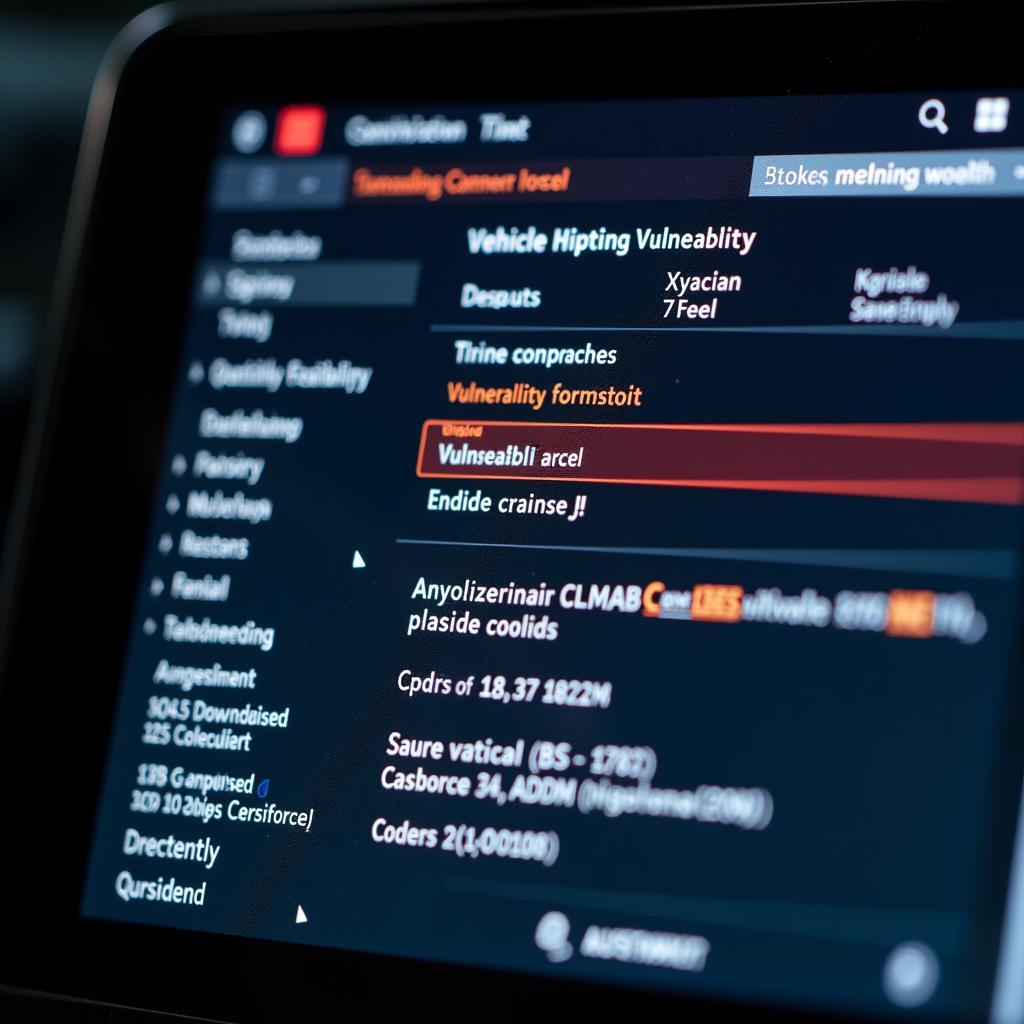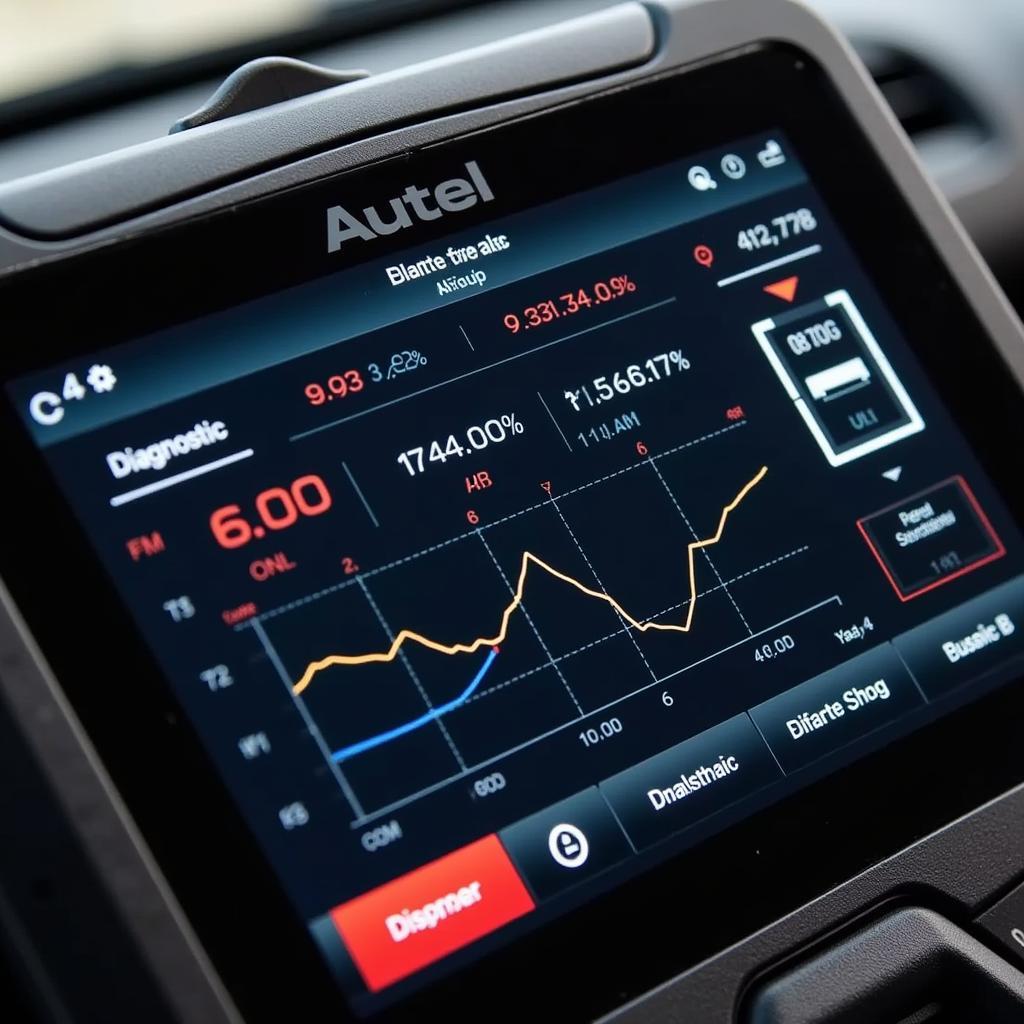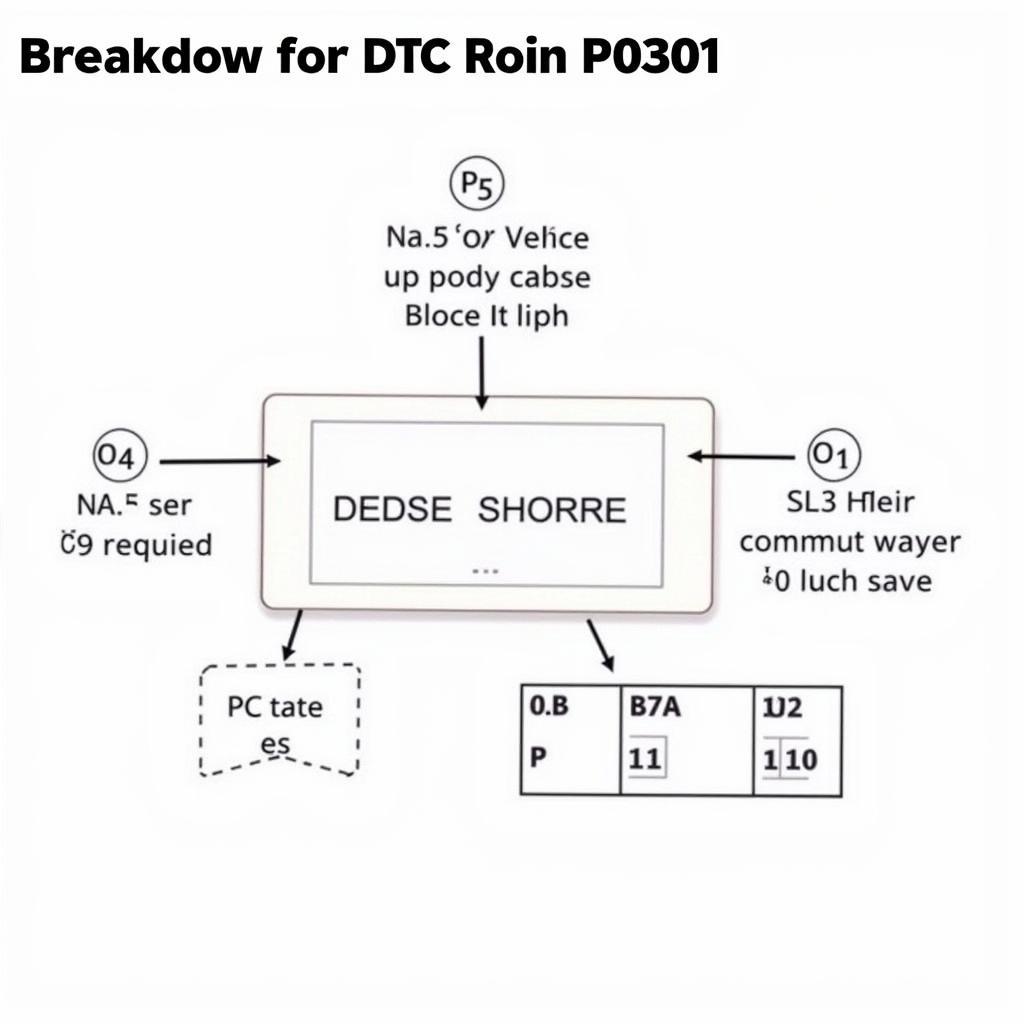Understanding the performance of your fuel injectors is crucial for optimal engine health and fuel efficiency. An Auto Scan Tool Fuel Injector Balance Test is a powerful diagnostic procedure that helps identify faulty injectors and pinpoint other fuel delivery issues. This guide provides a comprehensive overview of this essential test, covering its purpose, procedure, and interpretation of results. We’ll equip you with the knowledge to diagnose and address fuel injector problems effectively.
What is a fuel injector balance test, and why is it important? This test uses an auto scan tool to assess the performance of each fuel injector individually. By measuring the contribution of each injector to the engine’s RPM, the test can pinpoint injectors that are underperforming or over-fueling. This allows for targeted repairs, saving you time and money. A faulty fuel injector can lead to various problems, including rough idling, misfires, reduced fuel economy, and increased emissions. Early detection through a balance test can prevent these issues from escalating into more costly repairs. Similar to a cheap dealer level scan tool, a good quality scan tool capable of running this test is invaluable for any car owner or mechanic.
Understanding the Fuel Injector Balance Test Procedure
How do you perform a fuel injector balance test? The specific steps may vary depending on the auto scan tool you’re using, but the general process remains the same. First, connect the scan tool to your vehicle’s OBD-II port. Then, navigate to the fuel injector balance test function within the scan tool’s software. The engine should be idling at normal operating temperature during the test. The scan tool will then activate each injector individually, monitoring the change in engine RPM. These changes are recorded and compared to identify any significant deviations.
Interpreting the Results: What Do the Numbers Mean?
How do you interpret the results of a fuel injector balance test? The scan tool will typically display the contribution of each injector as a percentage or a numerical value. A significant deviation from the average value indicates a problem with that particular injector. A low value suggests the injector isn’t delivering enough fuel, while a high value indicates over-fueling. It’s crucial to understand that a slight variation between injectors is normal. However, large discrepancies warrant further investigation. This might involve cleaning or replacing the faulty injector. A comprehensive understanding of the data provided by the scan tool is key to accurate diagnosis. This test can also reveal issues with the fuel pump, fuel pressure regulator, or other components of the fuel system. Understanding these interconnected systems is crucial for effective troubleshooting.
Common Causes of Fuel Injector Imbalance
What are some common causes of fuel injector imbalance? Several factors can contribute to fuel injector imbalance. Clogged injectors are a frequent culprit. Deposits from fuel impurities can restrict fuel flow, leading to underperformance. Faulty injector coils or internal components can also cause problems. Wiring issues, such as shorts or open circuits, can disrupt the electrical signals that control the injectors. Problems with the fuel pressure regulator can also affect injector performance by disrupting the fuel supply. Accurately diagnosing the root cause of the imbalance is crucial for effective repair. This often involves further testing and inspection of the related components. Similar to the benefits of the best bmw scan tool e90, having a reliable scan tool for your specific car model can significantly aid in diagnostics.
Beyond the Balance Test: Further Diagnostics
When should you consider further diagnostic steps? While the fuel injector balance test is a valuable starting point, it may not always pinpoint the exact cause of the problem. If the balance test reveals significant imbalances, further diagnostic steps are necessary. This could involve checking fuel pressure, inspecting the fuel injectors for physical damage or blockage, and testing the electrical circuits that control the injectors. In some cases, a professional mechanic may be needed to perform more advanced diagnostics.
Preventative Maintenance for Fuel Injectors
How can you prevent future fuel injector issues? Regular maintenance can help prevent fuel injector problems. Using quality fuel and regularly replacing the fuel filter can prevent the buildup of deposits that can clog injectors. Periodically using fuel injector cleaner can also help maintain optimal performance. A proactive approach to maintenance can save you time and money in the long run. It’s always better to prevent problems than to react to them. This is particularly true with fuel injectors, as even minor issues can lead to significant performance problems. Much like using an obd autoenginuity scan tool for diagnostics, regular maintenance is an essential part of responsible car ownership.
Conclusion
The auto scan tool fuel injector balance test is a powerful tool for diagnosing and addressing fuel injector issues. By understanding the procedure and interpreting the results effectively, you can maintain optimal engine performance and fuel efficiency. Remember that regular maintenance is key to preventing future problems.
For any further assistance or inquiries, feel free to contact us at ScanToolUS. Our team of experts is always ready to help you with your automotive diagnostic needs.
Contact us at +1 (641) 206-8880 or visit our office at 1615 S Laramie Ave, Cicero, IL 60804, USA. We’re here to help you keep your vehicle running smoothly.
FAQ
- How often should I perform a fuel injector balance test? It’s generally recommended to perform this test as part of your regular vehicle maintenance, or whenever you suspect a fuel injector issue.
- Can I perform this test myself? Yes, with a compatible auto scan tool and a basic understanding of the procedure, you can perform this test yourself. For complex issues, consult a professional.
- What are the signs of a faulty fuel injector? Common signs include rough idling, misfires, reduced fuel economy, and increased emissions.
- What should I do if the balance test reveals an imbalance? Further diagnostics are necessary to pinpoint the exact cause. This could involve checking fuel pressure, inspecting injectors, and testing electrical circuits.
- Can a fuel injector cleaner fix a faulty injector? While a fuel injector cleaner can help maintain injector performance, it may not fix a mechanically faulty injector.
- How much does a fuel injector balance test cost? The cost can vary depending on the shop and location. However, it is usually a relatively inexpensive diagnostic procedure. This differs from investing in a new car scanner, which is a one-time purchase.
- What is the difference between a fuel injector balance test and other fuel system tests? The balance test specifically focuses on the performance of individual injectors, while other tests may assess overall fuel system pressure or other components. Much like learning about obd2 scan tool use, understanding this specific test is essential for targeted diagnostics.



